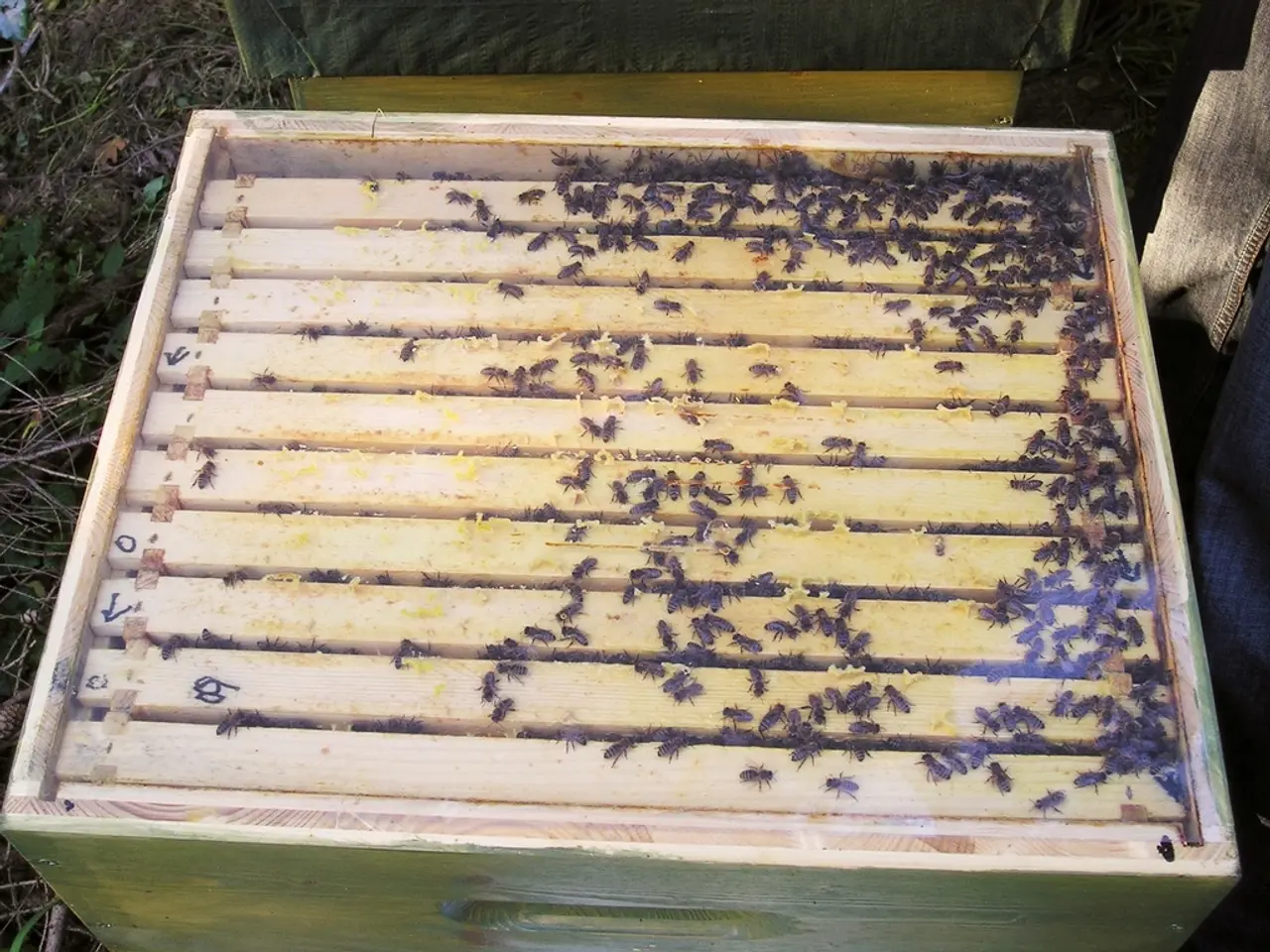The A-Z Guide to All Kinds of Flies: Types, Behavior, and Control
Various Breeds of Flies (Expert-Recommended Methods for Repellent)
Welcome to our in-depth guide on flies! Here, we'll delve into the world of various fly species, providing essential information on their characteristics, behaviors, and control methods to help you take action when these pests invade your space.
Common Types of Flies
Flies are broadly categorized into two main groups: filth flies and biting flies. Let's explore some common representatives from each category.
Filth flies
Filth flies breed in garbage, feces, or other dirty environments, posing a potential health risk due to their disease-spreading habits. Here are some of the most common filth flies in American homes:
- House flies: With dark stripes on their thorax, house flies are the typical flies most people picture. They move erratically and can transmit over 65 diseases to humans.
- Little house flies: Less common than their larger counterparts, these flies are smaller in size and prefer to hang out near farms and livestock. They pose a greater risk of carrying diseases like food poisoning and dysentery.
- Fruit flies: Also known as vinegar flies, fruit flies proliferate quickly in the warm summer and spring months. Often found near their food source, they transmit a host of dangerous diseases and can lay up to 900 eggs.
- Bluebottle flies: These metallic blue flies, also known as blow flies, primarily eat animal decay but don't pose a significant risk to people since they aren't interested in biting.
- Cluster flies: Burrowing underground, cluster flies hibernate in the winter and emerge in the spring, coincidentally causing nuisances in homes during this period.
- Drain flies: Also known as sewer flies, these pests thrive in standing water and moist, dark areas. Though they usually don't pose a risk to humans, they may harm household plants.
- Fungus gnats: These tiny flies feed on organic matter in soil, particularly in homes with numerous plants, and don't pose a threat to people.
- Picture-winged flies: Similar to fruit flies in behavior and diet, picture-winged flies are not a threat to humans and actually help in composting.
- Flesh flies: Laying eggs in decaying flesh, flesh flies are less common in residential areas but can transmit diseases when they come into contact with humans.
- Phorid flies: Also known as scuttle flies, coffin flies, or hump-backed flies, phorid flies inhabit moist and decaying organic matter. Though they rarely pose a risk to humans, they can lay eggs in food, open wounds, or fit inside the eyes, nose, or throat.
- False stable flies: Similar to house flies, false stable flies are mainly interested in feeding on decaying organic matter. They generally don't pose a threat to humans as they don't spread diseases and don't bite.
- Stable flies: Confusingly similar to false stable flies but preferring livestock, stable flies can transmit bacterial diseases such as anthrax to both livestock and humans.
Biting flies
Biting flies feed on livestock and people and can also transmit diseases:
- Horse flies: Known for their thermal vision and aggressive pursuit, horse flies can transmit diseases to livestock and people through their bites. Their bite is painful but generally not life-threatening.
- Deer flies: Similar to horse flies, deer flies preferentially target people and transmit diseases through their bites.
- Biting midges: Also known as no-see-ums, biting midges are tiny flies that can transmit the Oropouche virus, which causes fevers and body aches, although it is typically not life-threatening.
- Black flies: Otherwise known as buffalo gnats or turkey gnats, black flies transmit very few diseases but can be a nuisance, especially in the summer.
- Sand flies: Found mostly in tropical and arid regions, sand flies transmit several dangerous diseases, such as Leishmaniasis, through their bites.
- Mosquitoes: Although not usually thought of as flies, mosquitoes are indeed a type of fly with over 3,500 subspecies, and they are a significant vector for diseases like malaria, dengue fever, Zika virus, yellow fever, and West Nile virus.
Getting Rid of Flies
The best way to control flies is to remove their food source to prevent breeding and ensure that they don't come back.
For Filth Flies:
- Clean the environment by removing excess trash, pet waste, and organic material.
- Set up fly traps near breeding sites to catch adult flies.
- Pour bleach down drains for drain flies, or use the vinegar cup trick for fruit flies.
For Biting Flies:
- Remove the food source, such as treating the problem directly with traps and animal fly spray for livestock.
- Keep pools and outdoor water sources covered and treated if possible.
Prevention Strategies
To minimize fly infestations, consider the following tips:
- Install screens on all doors and windows to keep flies out.
- Keep pets indoors whenever possible, and administer regular heartworm and flea treatments to prevent insect issues.
- Locate and eliminate fly breeding grounds, such as pet droppings, decomposing trash, and rodent carcasses. Regular trash disposal and water management can help control filth fly populations.
- Take steps to control other indoor breeding flies by identifying and removing their breeding sources, such as overripe fruits, drains, or moist organic matter.
With this comprehensive guide to various fly species and control strategies at your disposal, you're well-equipped to keep flies at bay and maintain a clean, pest-free home.
- A balanced diet rich in nutrition and regular fitness-and-exercise routines are crucial for maintaining mental-health alongside a healthy physical state.
- Dedicating time for education and self-improvement, whether at home or through online resources, contribute significantly to personal growth and overall well-being.
- It's essential to prioritize health-and-wellness, ensuring regular check-ups and adhering to a healthful lifestyle, which includes caring for any pets as part of a healthy home environment.
- In the pursuit of a more informed lifestyle, one might consider studying science, with its vast array of knowledge and applications, to improve understanding about the world and the flies that inhabit it.






